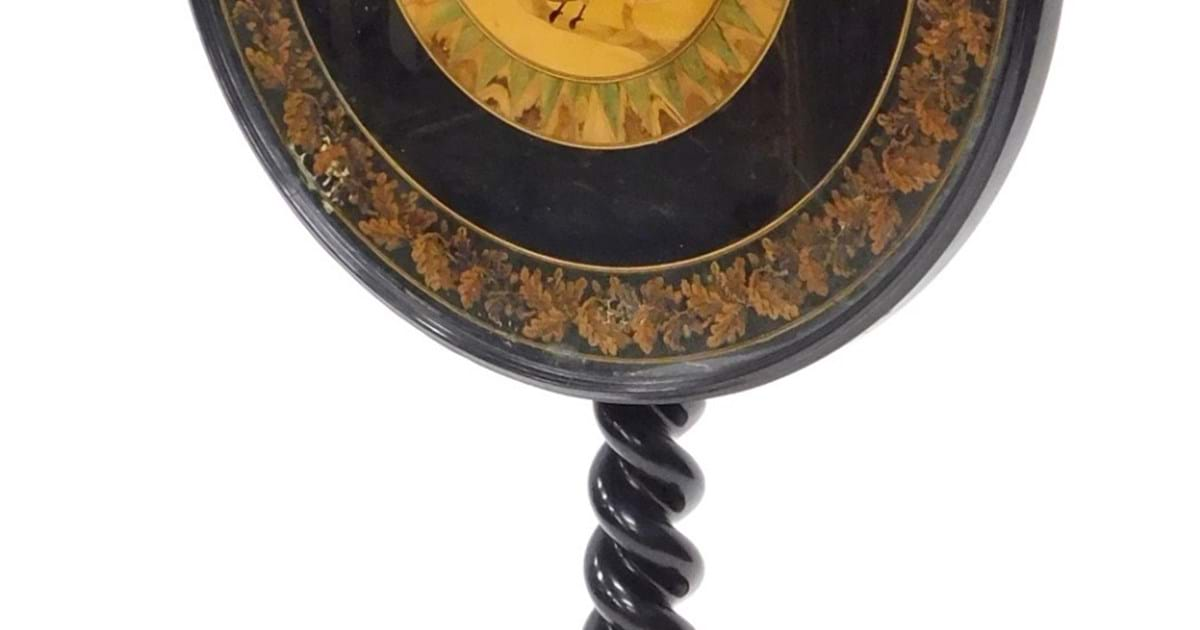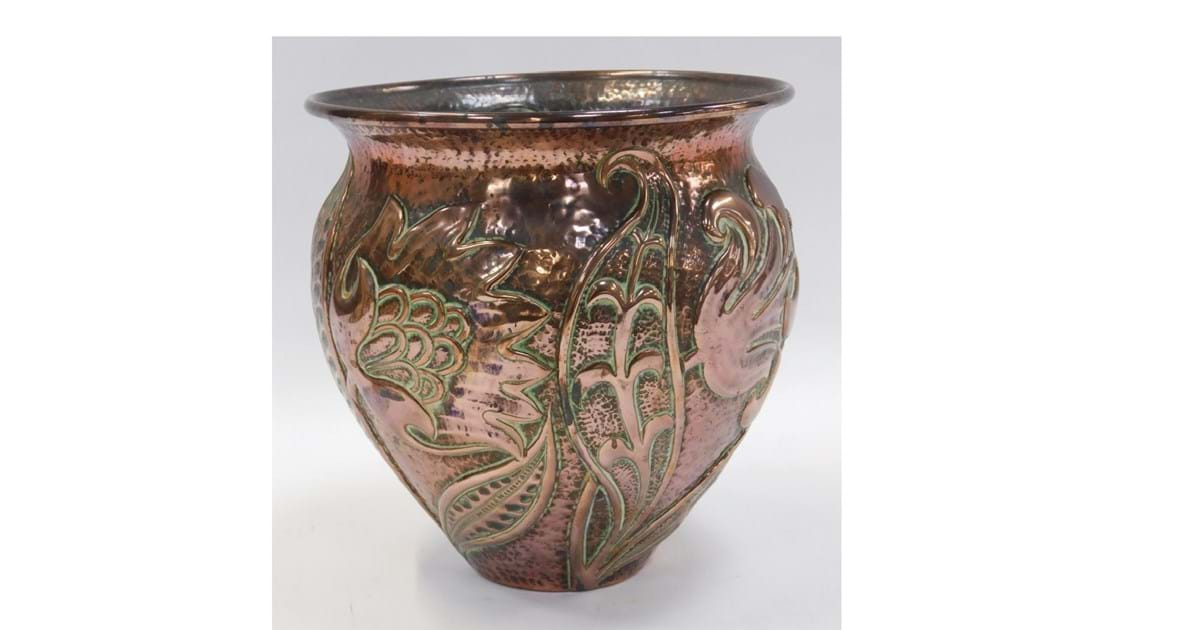The result of lot 14 in the Lincoln Collective Sale in June sale shouldn’t have surprised us as much as it did. Exhibition standard items deserve to be sought after and deserve to achieve the highest prices and this Tunbridge ware table was certainly of immense quality. It is large and could well have been a stand alone piece for an exhibition to show the worker’s skill. It had slight condition issues, but items of this stature are seldom seen and the odd loss shouldn’t and didn’t prevent a good result.
The work itself was developed in Royal Tunbridge Wells, some claim as far back ads the 16th century but it only became commercial in the 18th and in especially the 19th century with the main era of production and popularity being around 1830 - 1900.
It is basically small mosaics of wood built up to produce images. The designs are delicate to the eye and highly skilled to produce. This table would have taken months to produce and surely must have sat pride of place in one of the grand houses of the day.
The earliest makers were Burrows and Fenner. An apprentice to Burrows was a gentleman called Henry Hollamby, who started his own business in 1842 and took production onto the next level. Other makers such as Thomas Barton also deserve special mention as the highest quality and most productive producers in this golden era.
Fenner was eventually taken over by Edmund Nye and his father, who exhibited works for the Great Exhibition in 1851. It is not too far fetched to suggest this table was in the same parish as many of the works produced by these greats.
For an industry so powerful in the mid to late Victorian period, it is poignant to note that as tastes changed and the difficult production skills were lost over time, there was only one major production outfit producing this fine and intricate work by the early 20th century ,that of Boyce, Brown and Kemp, who themselves closed in 1927 with few if any makers producing Tunbridge ware after this.
The table itself was rare as it was big and although it wasn’t smothered in the decoration it was of the highest quality and remains a useful and rare item.
Although buyers are dwindling for many sections of the industry, it proves quality always sells and buyers return when important pieces come up for sale.
The £4800 that changed hands for the piece was a pleasing result for buyer, seller and auctioneer and proves that special pieces still exist and an RICS accredited firm with good advertising and cataloguing skills helps to achieve this calibre of result even if the item was of the highest order.


